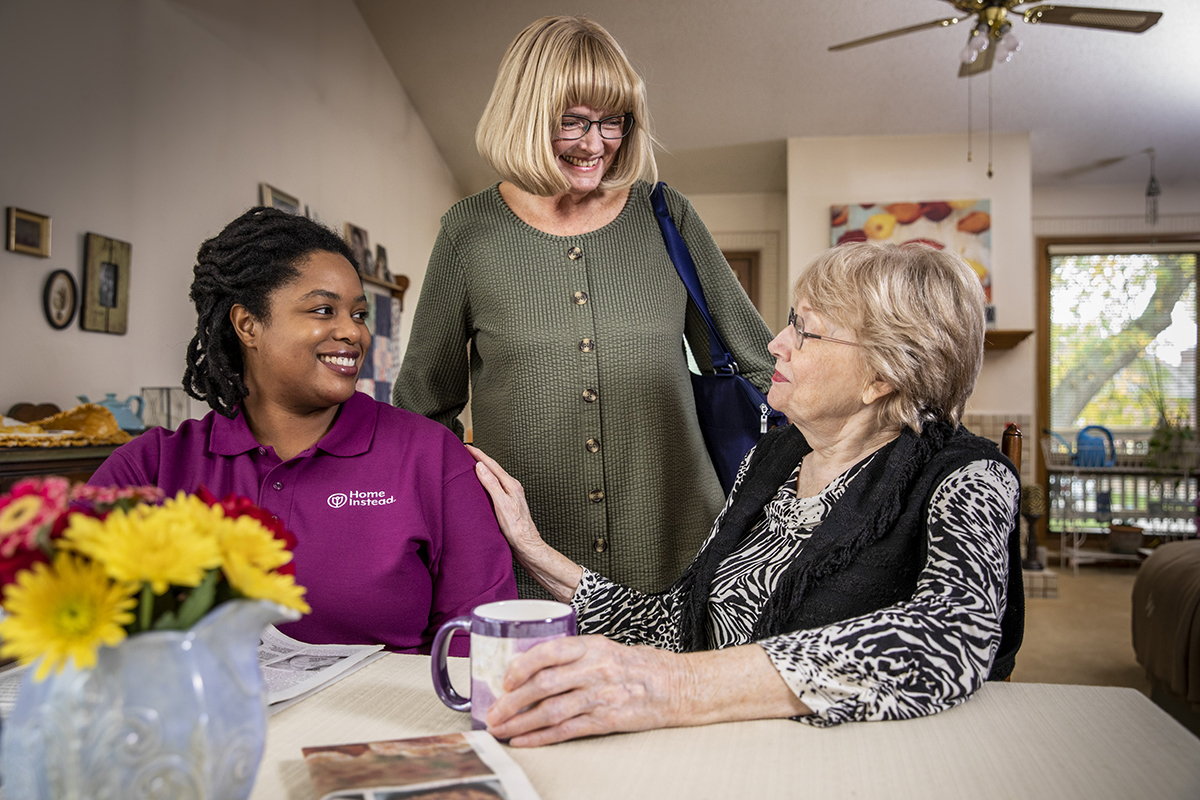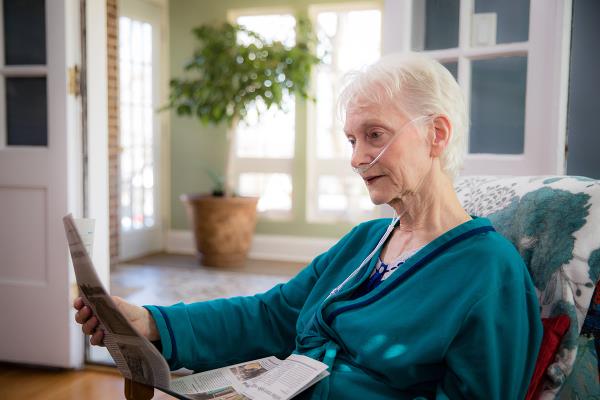Family caregivers provide much-needed support to their loved ones, but research shows that those caring for an individual living with dementia experience burden at higher rates than the general caregiving population. Dementia family caregivers report high burden at 46%, compared to non-dementia caregivers at 38%.
Caregiving can also be an emotional rollercoaster, and dementia family caregivers experience higher emotional stress (49%) than the general caregiving population (35%). In addition, the physical demand of caregiving can cause caregivers to experience physical strain. Those caring for someone living with dementia indicate high physical strain (29%) compared to non-dementia caregivers (17%).
What is Respite Care?
While the caregiving journey can take a toll, there are ways to improve overall well-being for caregivers and care partners, one of which is the use of respite care. Respite care is simply a short break for a caregiver and the care can occur at home. When used over time, respite has been found to help caregivers continue to care for their loved one at home, preventing or delaying the need for facility care.
There are three main ways to utilize respite care, but there are many senior care options to consider.
More Caregivers Want Respite Care
The good news is that the number of caregivers using formal respite services is increasing. And those caring for a loved one living with dementia are using respite care nearly twice as much as any other family caregiver.
However, there is a still a divide in the number of caregivers who desire respite care and those who actually use it. A 2020 study by National Alliance for Caregiving & AARP found that while 38% of all family caregivers indicate respite services would be helpful, only 14% reported using it. When looking specifically at care partners caring for someone with memory problems, 46% indicated that respite services would be helpful, yet only 22% have utilized respite services.
Barriers to Utilizing Respite Care
Even though the use of respite is increasing, only a small percentage of caregivers utilize respite care. Caregivers may not use respite care – in a formal or informal way – for a few reasons like cost of care or availability. Other barriers include:
- Lack of knowledge about respite services
- Societal or family stigma associated with using respite care
- Delay of use for the future when circumstances change, and the need is greater
- An unrealized need for help
- Not identifying as a “caregiver”
For families wanting to use home care services to help care for a family member living with dementia, there are grant programs available to help defray the cost of care. For a more detailed understanding of the cost of care and options to pay for care, review these Paying for Care FAQs or download the Home Care Funding Solutions Guide.
Why Some Caregivers Don’t See Themselves as a Caregiver
This barrier - not identifying as a “caregiver” - is a complicated barrier to understand. Here’s why. For those caring for a person living with dementia, the level of care needed slowly increases over time as the disease progresses. Since a primary caregiver takes on more care responsibilities gradually, the person may not realize what they’re doing is caregiving. They may feel like they’re just being a good son, daughter, spouse, or sibling – not a caregiver. They may feel like they’re “doing the right thing,” which can be a cultural, community or family-imposed norm.
This may prevent the individual providing care from reaching out for help. Regardless of identifying as a caregiver or not, having respite along the caregiving journey can help caregivers provide care longer and in many cases, can help keep their loved ones at home longer. Additionally, having a break and enjoying the benefits of respite care positively impact a caregiver’s physical and emotionally well-being.
Dementia and the Benefits of Staying Home
Keeping a loved one living with Alzheimer’s or another form of dementia at home in familiar surroundings helps provide stability, can provide a higher quality of life, and can delay the need to move to a care facility. It’s worth noting that delaying the move to a care facility comes with financial savings.
Other benefits include:
- Delaying a care facility move may also reduce the psychological impacts associated with moving for both the caregiver and the individual living with dementia. Moving an individual living with dementia could cause disorientation and confusion.
- Admission to a facility can also increase dementia-related behavior symptoms, falls, frailty, and decrease cognition.
- Utilizing a care facility can also cause caregivers to experience depression, guilt, continuous burden, and feelings of failure.
In-home respite care has the opportunity to provide a much-needed break for family caregivers. It allows them to care for a loved one at home longer and home is where 94% of older adults prefer to age.



